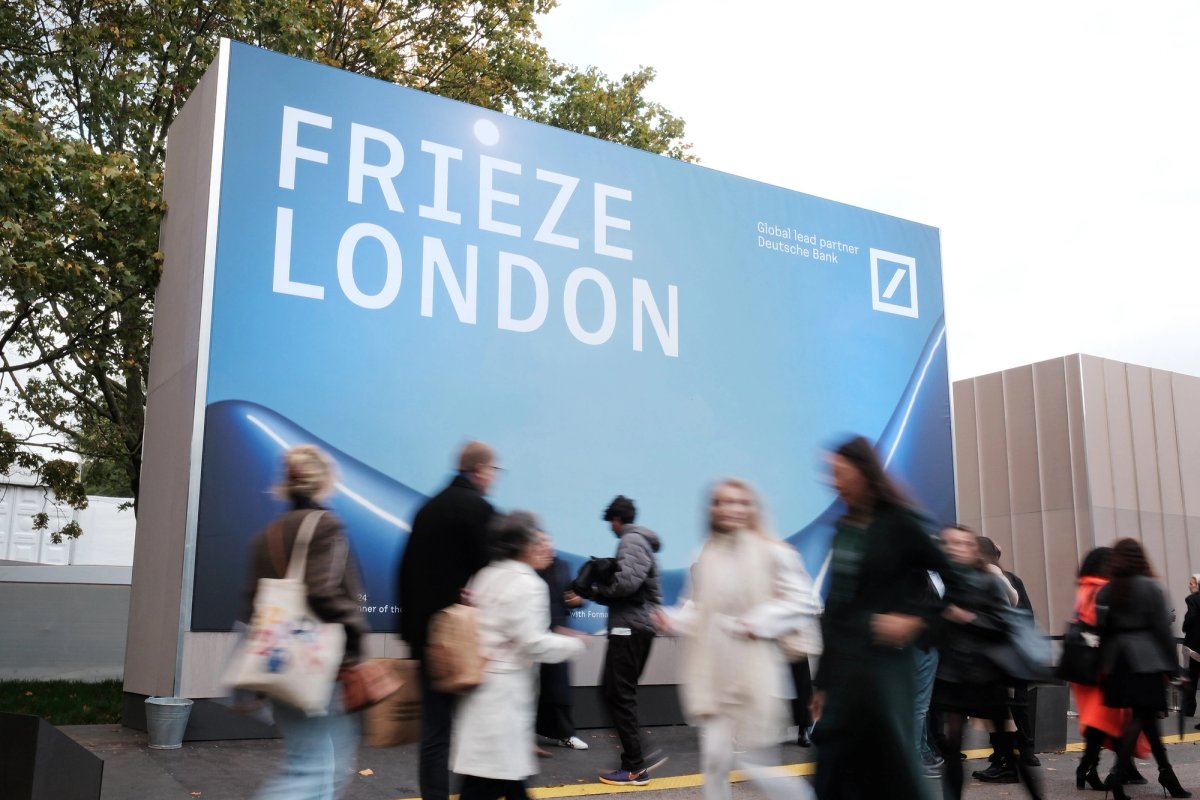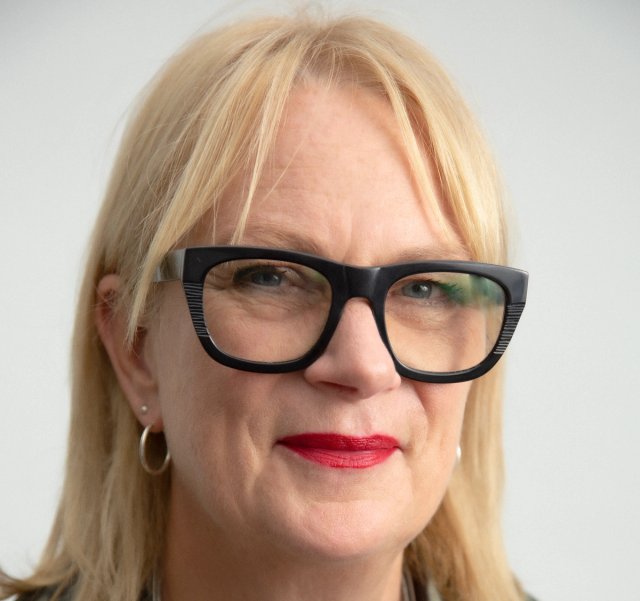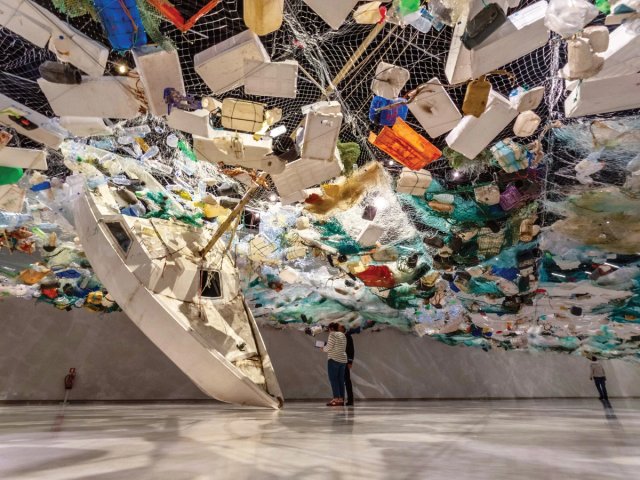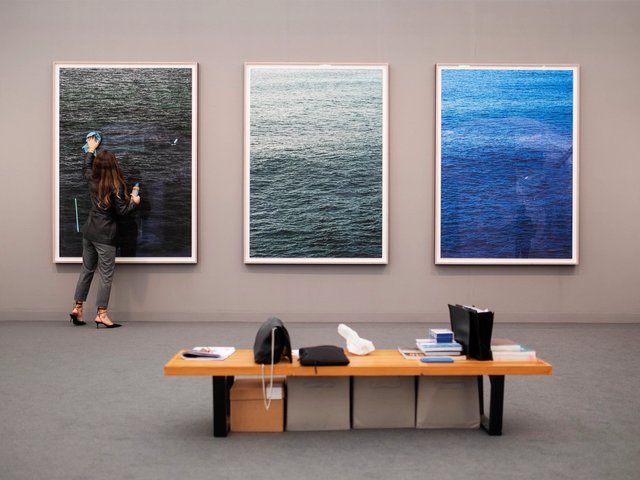This month’s multiple whammy of Friezes London and Masters, swiftly followed by Art Basel Paris, and accompanied by the inevitable plethora of adjacent events and satellite art fairs, is never good news for the environment. And in these twitchy times, when there is so much else kicking off—both economically and politically—across the globe, it is especially challenging to keep the attention of the art world on the ever-escalating climate and environmental crisis that faces us all.
But there is some cautious optimism to be found in the considerable uptake for 10% Of, a new initiative launching at Frieze London and Masters this year, which offers a new model of environmental engagement for galleries and collectors. This scheme plays with and off the idea of a markdown by turning it into an act of giving, inviting galleries to donate 10% of the sale price of designated works on their Frieze booth to the Gallery Climate Coalition (GCC)—the international art world environmental charity, of which I am a founder member, and which celebrates its fifth birthday this year.
“10% Of offers extra visibility at the fair and a clear way for artists, galleries and collectors to demonstrate environmental commitment while also contributing to a collective fund that sustains sector-wide climate action,” says Frances Morris, the chair of the GCC board. “By reframing a standard art market gesture, the initiative shows how the sector can work together to drive systemic change by supporting the GCC’s tools, research and advocacy.”
So far nearly thirty galleries have signed up to this scheme, which took as its motto a statement by the GCC-supporting artist Gary Hume, who said that while he didn’t claim to be an environmental activist, he was instead “more like a 10% activist”. He added: “I think there are lots of us who are 10% activists and if you put a lot of 10% together it begins to add up.”
This certainly applies to the participants in 10% Of who include galleries of all sizes, including Gagosian, White Cube, David Zwirner and Lisson, as well as Kate McGarry, Edel Assanti, Soft Opening and Seventeen Gallery. The price of works chosen ranges from around £3,000 to £150,000. Thaddeus Ropac is offering the GCC 10% on works by Oliver Beer, Joan Snyder and Megan Rooney; Hauser & Wirth on Alison Katz; Victoria Miro on Tidawhitney Lek, Emil Sands and Khalif Tahir Thompson; Thomas Dane on Anthea Hamilton; Frith St on a painting by Cornelia Parker and Sadie Coles on a piece by Ugo Rondinone. Historical works are also included, with BASTIAN submitting a Cy Twombly and Waddington Custot a Jean Dubuffet.
While participants do not need to indicate which are their 10% Of works, throughout Frieze and Frieze Masters all booth name signs will display whether or not a gallery is a GCC member and, significantly, whether or not they are an Active Member of the charity— that is, whether in their operations they are walking the environmental walk with actions as well as intentions.
The aim is for this new model of collective fundraising to spread out beyond Frieze to other art fairs and events, and to become established throughout the sector as a relatively painless means of engaging collectors and supporting sustainable solutions. But it is also by no means a silver bullet. Galleries still need to take responsibility for curbing their emissions and waste, as do we all, whatever donations we decide to make.
And despite last year’s applaudable coming together of forty of the world’s leading fairs—including Frieze and Art Basel—in a pledge to monitor and reduce admissions, there is always more to be done to make art fairs less wasteful and polluting. Most notable is the large number of prominent collectors and gallerists who continue to swan around in private jets, an activity proven to be the most environmentally damaging single thing an individual can do.
It also doesn’t help that this toxic behaviour is given further endorsement by NetJets private jet company continuing to be an official partner of Art Basel, even hosting a special VIP lounge at Art Basel Paris this month. Let’s hope that in addition to an increased commitment to 10% donations, next year also sees an equal determination to achieve 100% less flights.





